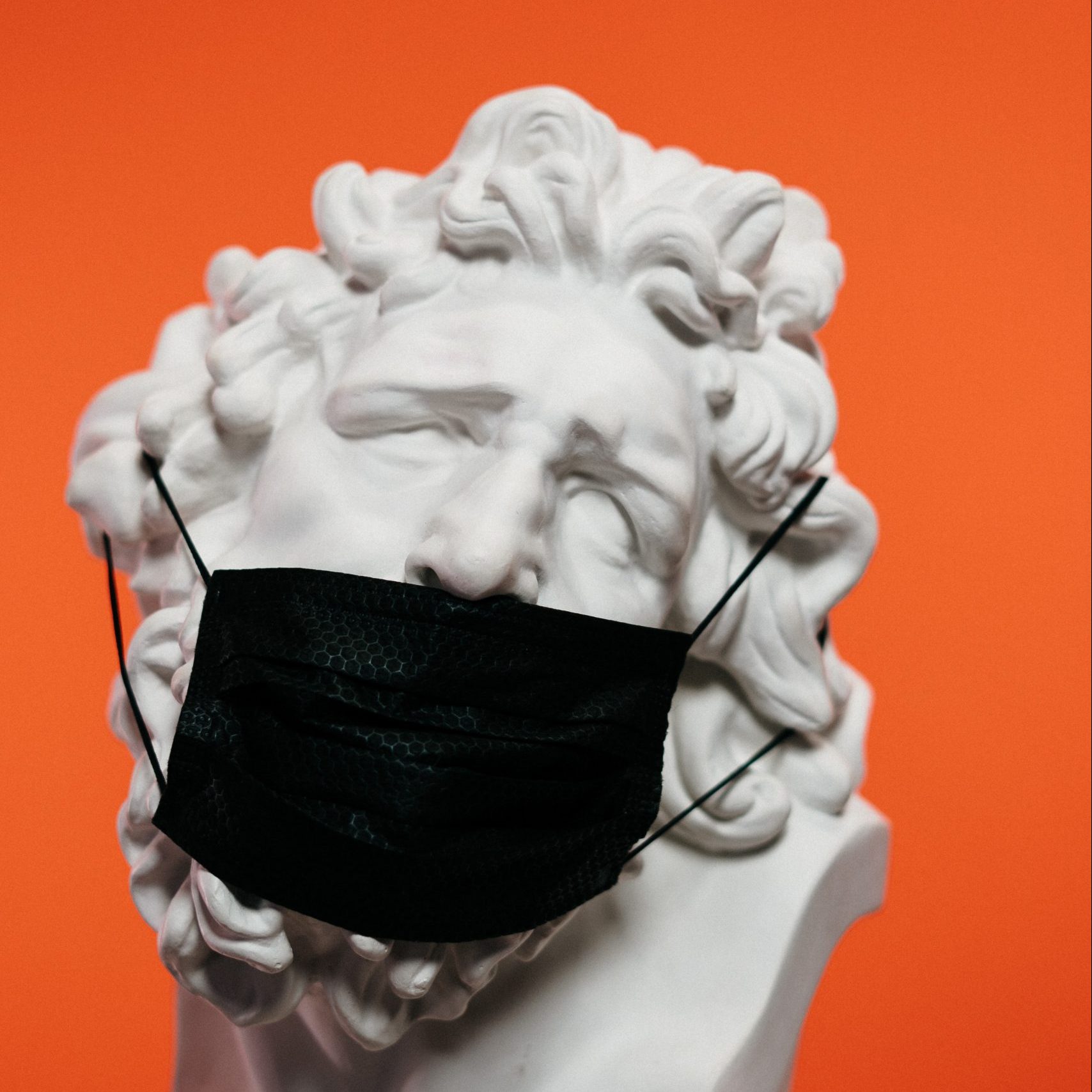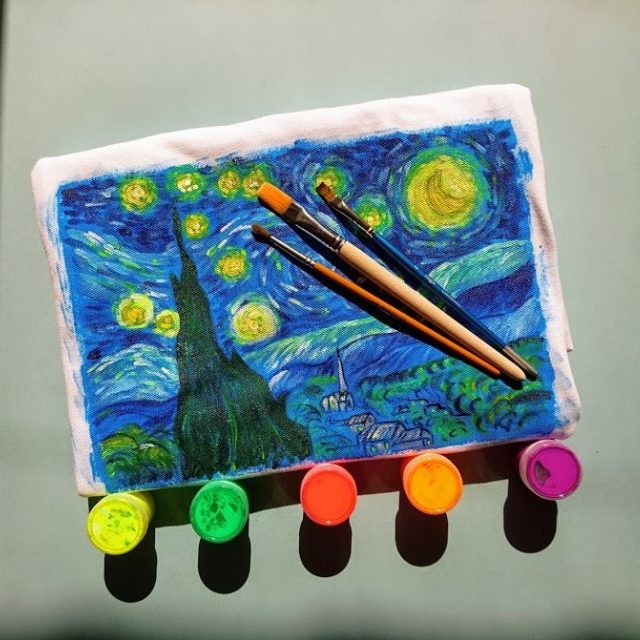In today’s digital landscape, having a website is an invaluable tool for artists. It allows you to share your creative work, connect with potential admirers, and expand your reach in the art world. Whether you’re a painter, photographer, or sculptor, establishing an online presence is a practical step. In this article, we aim to provide guidance on creating your own website, with a specific focus on utilizing a hosting control panel, which simplifies tasks such as Installing a CMS and creating websites in the website builder.
![Crafting Your Artist Website: A Helpful Guide [9 Tips] 1 Crafting Your Artist Website 4](https://i0.wp.com/artplays.site/wp-content/uploads/2023/10/Crafting-Your-Artist-Website-4.jpg?resize=740%2C740&ssl=1)
- Select a Domain Name: The first step is choosing a domain name that reflects your artistic identity. It should be memorable and easy to spell. Consider using your name or a variation of it. Once you’ve decided, register the domain through a domain registrar.
- Find Reliable Hosting: Hosting is like the foundation of your website. This is where the hosting control panel comes into play. A hosting control panel offers a user-friendly interface to manage your website, making it easy to set up your hosting environment. Sign up for a hosting plan, ensuring it meets your needs in terms of storage, bandwidth, and other features.
- Choose a Content Management System (CMS): A CMS is a software platform that allows you to easily manage your website’s content without needing extensive technical skills. Using the hosting control panel, you can install a CMS effortlessly. Popular options include WordPress, Joomla, and Drupal. These CMSs offer a wide range of themes and plugins, making it easy to customize your site to fit your artistic style.
- Design Your Website: After setting up your CMS, you can start designing your website. Most CMSs have intuitive website builders that require no coding knowledge. Choose a design that complements your art and is user-friendly. Ensure your website is responsive, meaning it looks good and functions well on both desktop and mobile devices.
- Add Your Artwork: This is the most crucial part. Upload high-quality images of your artwork, along with descriptions and details about each piece. Consider creating different galleries for various categories of your work, making it easy for visitors to explore and appreciate your art.
- Optimize for SEO: Search engine optimization (SEO) is essential to help your website rank well on search engines like Google. Use relevant keywords related to your art and your niche. The hosting control panel might offer tools to assist in SEO optimization.
- Test and Launch: Before going live, thoroughly test your website to ensure it functions correctly. Check for broken links, typos, and ensure that all images load properly. Once everything is in order, it’s time to launch your artist website.
- Promote Your Website: Share your website on social media, in your art circles, and with friends and family. Regularly update your site with new artwork and engage with your audience through a blog or newsletter.
- Monitor and Maintain: Keep an eye on your website’s performance using the hosting control panel and website analytics tools. Regularly update your CMS, themes, and plugins to ensure security and functionality.
![Crafting Your Artist Website: A Helpful Guide [9 Tips] 2 Crafting Your Artist Website 2](https://i0.wp.com/artplays.site/wp-content/uploads/2023/10/Crafting-Your-Artist-Website-2.jpg?resize=740%2C740&ssl=1)
Creating your artist website doesn’t have to be a daunting task. With the right tools and a hosting control panel, you can easily set up your online presence to showcase your artistic talent and reach a broader audience. Get started today and watch your art shine in the digital realm.


